Downward-facing dog pose is an inverted arm support in which your spine is lengthened. Deepening the pose means moving your shoulder and hip joints towards flexion and your elbows and knees towards extension.
There are many approaches to working with this pose. Fundamentally, it is a great opportunity to find a pathway of weight from your spine to the earth and support from the earth through your limbs to your spine.
To extend the elbow and resist collapse in the shoulder, your triceps are active. Your latissimus dorsi may try to help this action, but they depress and internally rotate your shoulder, which can create a bony impingement at the top of your shoulder joint.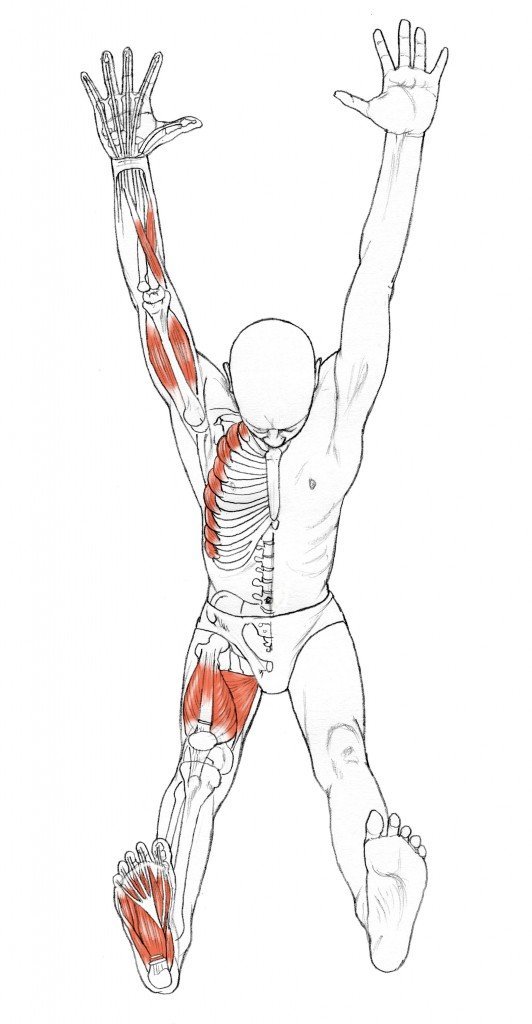
Your pronators are active in the forearm, but if there is lack of rotation between the radius and ulna, this can translate into excessive pressure in your elbow or wrist, or internal rotation of your arm at the shoulder joint—all common sites of injury for practitioners of vinyasa styles of yoga that employ repetitive downward-facing dogs in sun salutations.
As in the foot and leg, the intrinsic action of your hand is essential for the integration of the whole arm. Essentially, your hand must act as much as a foot as possible by maintaining its arch.
Related: From our partner site Yoga Journal, 3 Ways to Make Downward Dog Feel Better for You
From the perspective of your breath, downward-facing dog is an inversion with a lengthened spine. Because inversions naturally move the diaphragm towards your head, the exhaling action of your abdominal muscles can be quite deep. If your lower abdominal action is maintained when initiating the inhalation (mula bandha), the thoracic structures will be encouraged to mobilize, which can be quite challenging in an arm support pose.
This article has been adapted from Leslie Kaminoff’s book Yoga Anatomy, an illustrated guide to the underlying structures and principles of the movements in yoga. Learn more at yogaanatomy.net
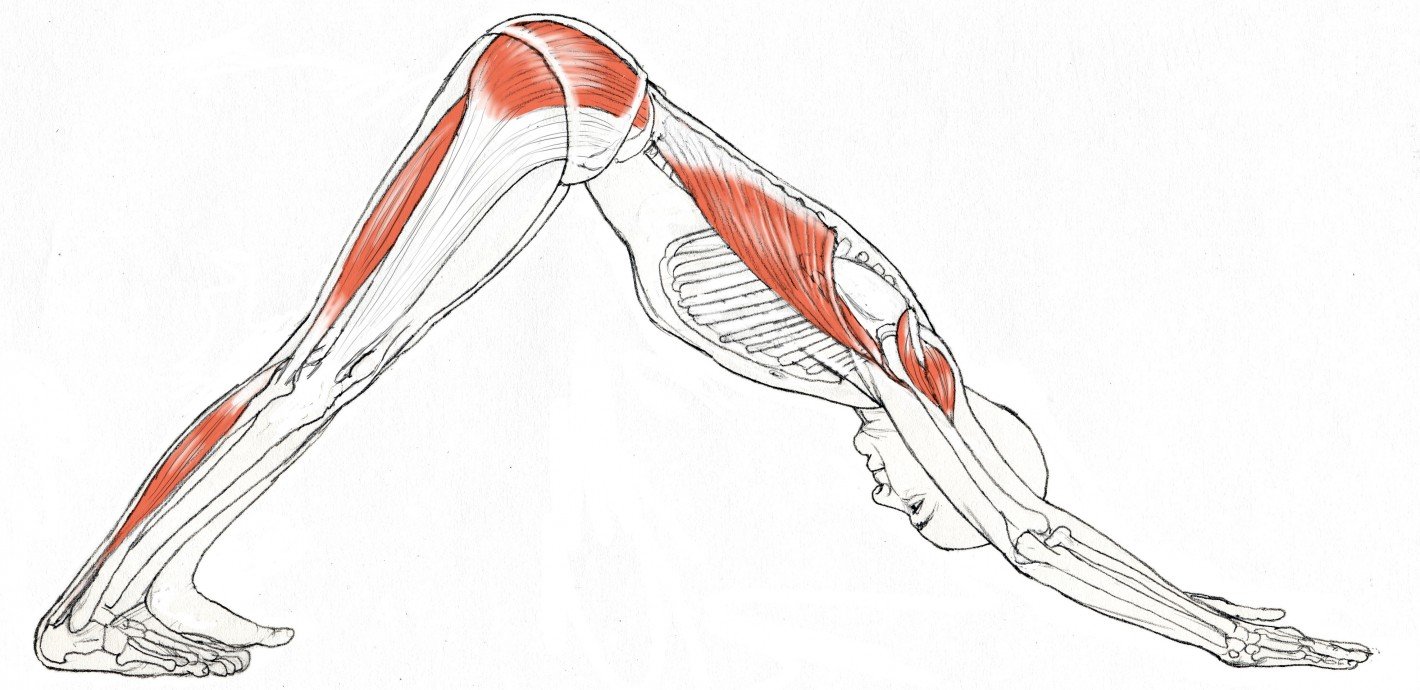


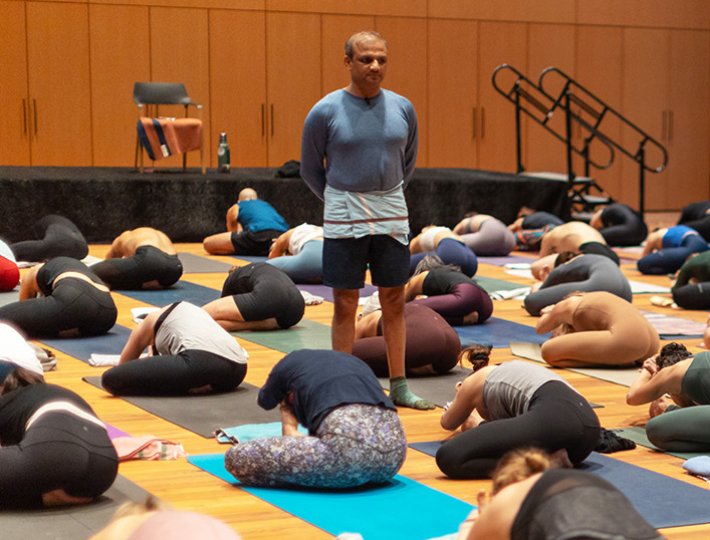
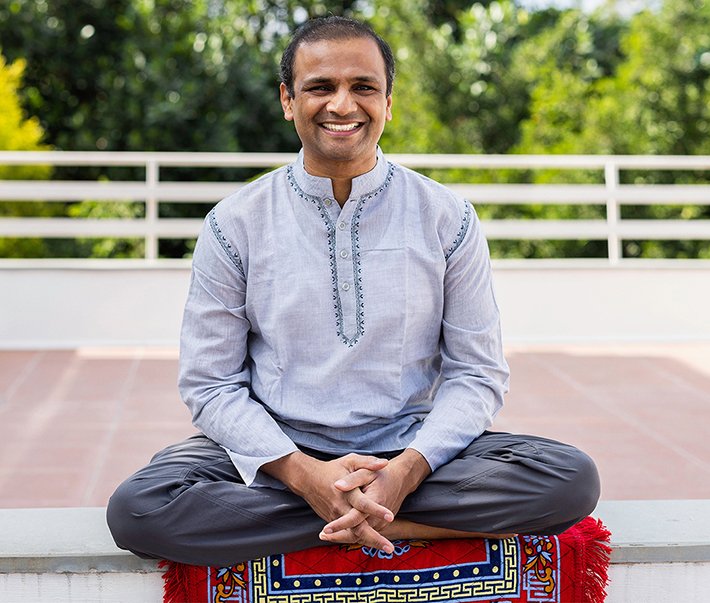
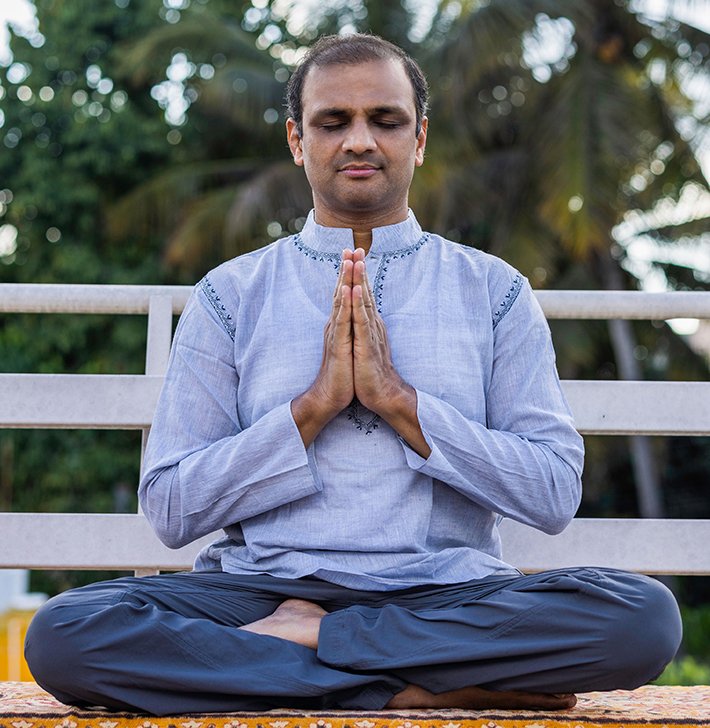



Comments (0)